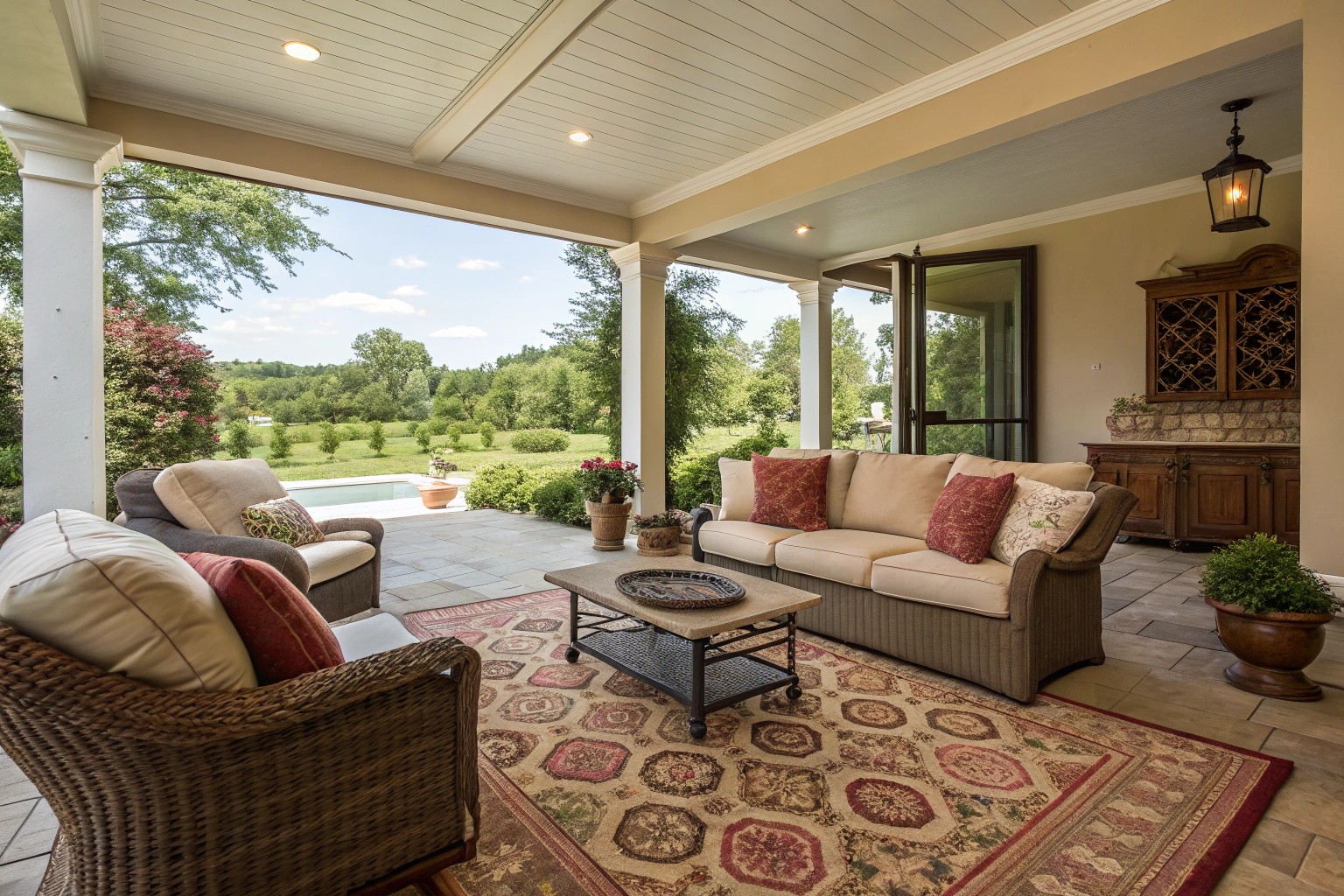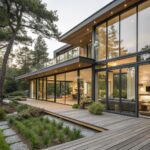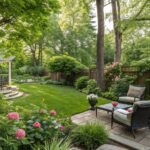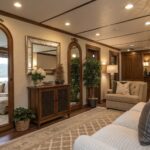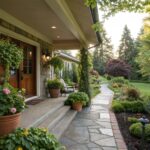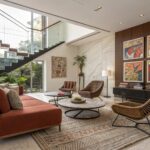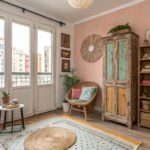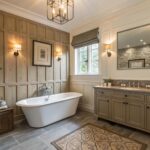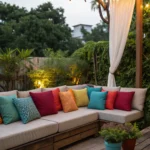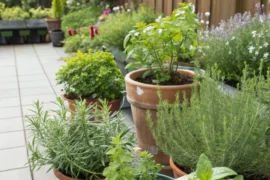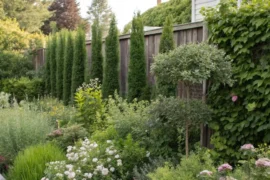Creating distinct zones in outdoor spaces isn’t just about furniture—it’s about intentional design elements that ground and define areas. An outdoor rug is that critical foundation piece that can transform a patio from basic to extraordinary. After designing hundreds of outdoor spaces, I’ve found that the right rug placement creates instant visual architecture in even the most challenging settings.
Understanding the Purpose: Why Outdoor Rugs Matter
Outdoor rugs serve multiple roles in exterior design:
- Define and anchor specific zones within larger areas
- Add warmth and comfort beneath bare feet
- Break up expansive surfaces like concrete or decking
- Create visual cohesion between indoor and outdoor spaces
- Protect decking from furniture scratches and sun damage
When working with a client’s large suburban backyard last summer, we used three distinct rugs to transform an overwhelming concrete patio into intimate conversation, dining, and lounging zones. The effect was immediate—what was previously an undefined expanse became a series of inviting outdoor rooms.
Selecting the Right Material for Durability and Comfort
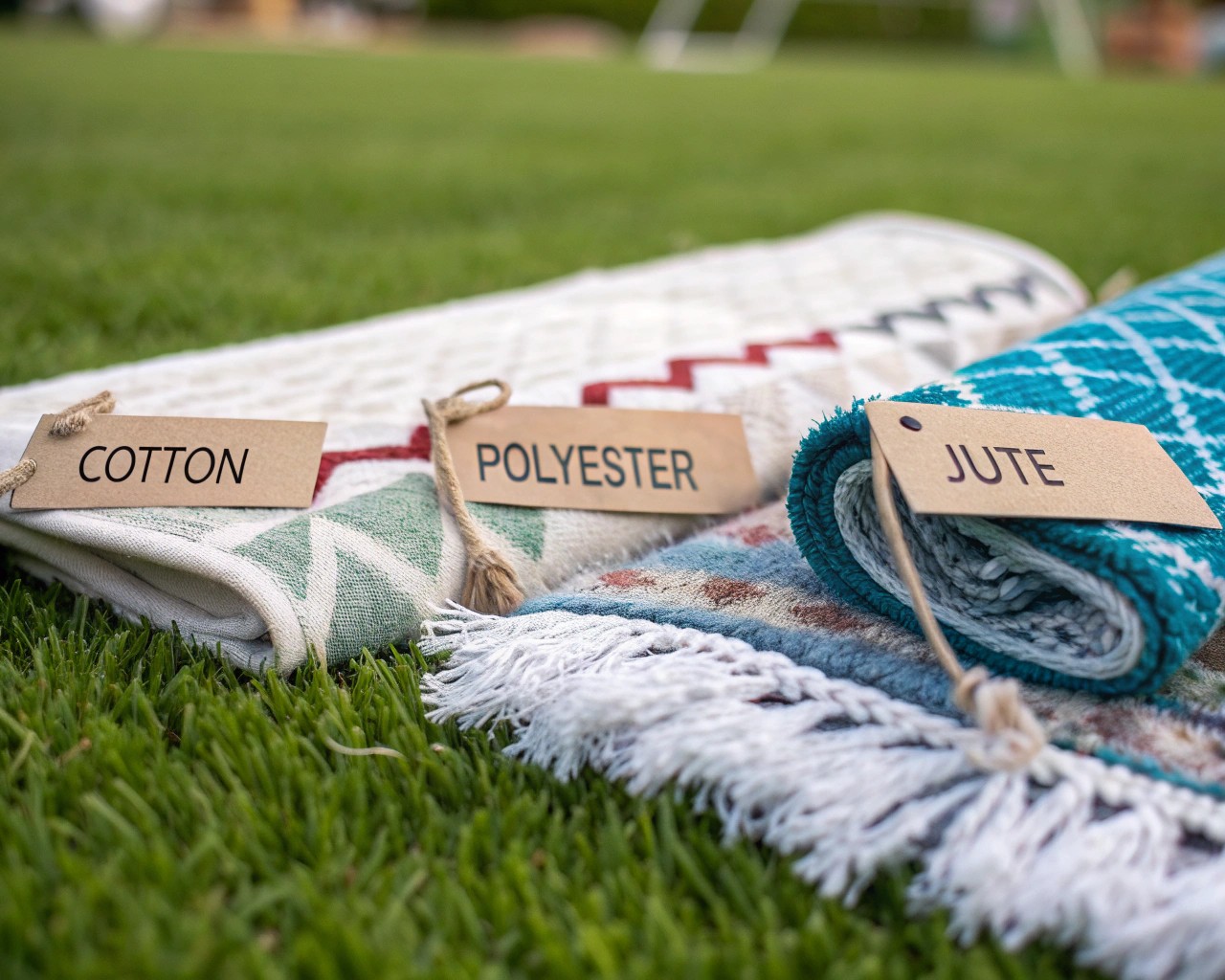
Your material choice is crucial for longevity and maintenance requirements. Through years of installations, I’ve learned that different materials perform vastly differently based on environmental exposure.
Material Comparison Table
| Material | Weather Resistance | UV Resistance | Comfort | Maintenance | Best For |
|---|---|---|---|---|---|
| Polypropylene | Excellent | Excellent | Good | Easy | Uncovered spaces, high-traffic areas |
| Polyester | Very Good | Good | Very Good | Easy | Semi-covered spaces, dining areas |
| Sisal/Jute | Fair | Poor | Excellent | Moderate | Covered porches, low-moisture areas |
| Recycled Plastic | Excellent | Excellent | Fair | Very Easy | Pool areas, coastal settings |
The importance of material choice was highlighted by one of my Seattle clients who initially used natural fiber rugs in partially covered areas. They quickly discovered that synthetics were the only practical option for their climate after the natural fibers failed. The replacement polypropylene rug, however, successfully endured three rainy seasons, proving its suitability.
Size Selection: Avoiding the “Postage Stamp” Effect
One of the most common mistakes I see is undersized rugs that appear to float awkwardly in space. You want a rug that properly anchors your furniture arrangement—not one that looks like a decorative afterthought.
Outdoor Rug Size Guidelines:
- Dining Areas: Extend at least 24″ beyond the table on all sides so chairs remain on the rug when pulled out
- Seating Areas: Either all furniture legs on the rug or at minimum all front legs
- Small Spaces: Leave 12-18″ of floor visible around the perimeter
In a recent Malibu project, we corrected a client’s undersized 5’×7′ rug with a 9’×12′ option. The transformation was dramatic—the larger space immediately felt more luxurious and intentionally designed. The furniture finally had proper grounding rather than appearing to float disconnectedly.
Shape Selection for Different Furniture Arrangements
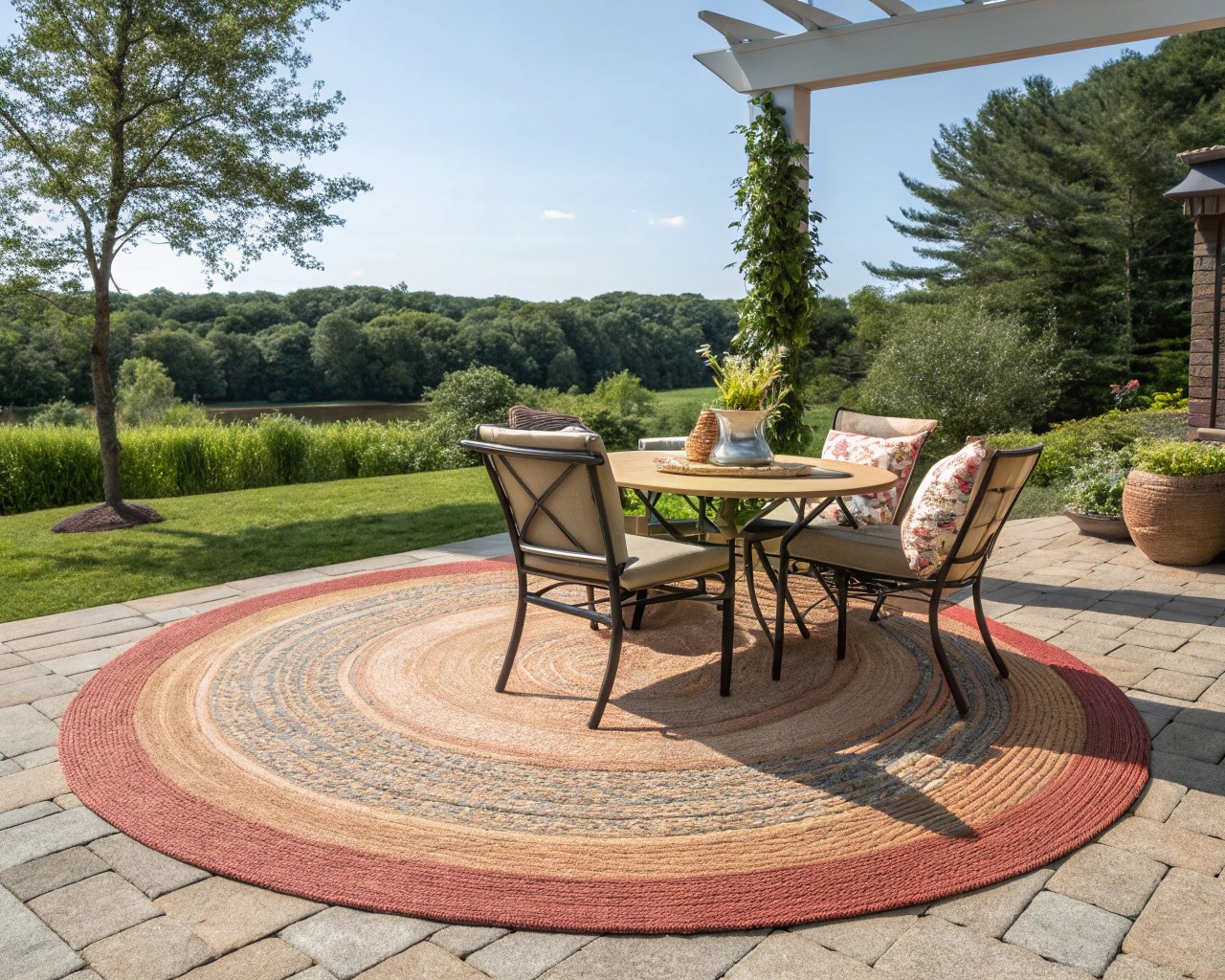
The shape of your rug should complement both your space and furniture layout:
- Rectangular rugs: Most versatile; work well with traditional seating arrangements and dining areas
- Round rugs: Perfect for circular dining tables or creating conversation circles
- Square rugs: Ideal for square tables or balanced seating arrangements
- Runners: Excellent for narrow spaces like balconies or walkways
When I designed a rooftop terrace in Chicago, we used a round rug to create an intimate conversation area that softened the harsh angles of the urban landscape. The circular shape naturally drew people together while contrasting beautifully with the rectangular outline of the space.
Creating Zones With Strategic Placement
For large outdoor areas, rugs are essential for defining distinct functional spaces.
Zoning Strategies I Recommend:
- Create conversation areas by placing a rug under seating groups
- Define dining spaces with a rug sized to accommodate pulled-out chairs
- Establish transitions between zones with different rug patterns or textures
- Mark entryways with smaller accent rugs or runners
- Layer rugs for added interest and texture in special areas
A client in Denver described their large patio as feeling like an “empty airport terminal” before we intervened. By introducing three defined zones using coordinated rugs, we created the feel of separate outdoor rooms—a dining area, lounge space, and reading nook—which encouraged the family to utilize the entire patio effectively.
Color and Pattern Selection: Practical Considerations
Your outdoor rug should withstand both design scrutiny and environmental challenges:
Pattern Practicality Assessment
| Pattern Type | Dirt/Stain Visibility | Visual Interest | Longevity | Best Location |
|---|---|---|---|---|
| Solid Colors | High (especially light colors) | Low | Medium | Protected areas with low traffic |
| Geometric | Low to Medium | High | High | Multi-purpose areas |
| Natural Textures | Low | Medium | High | Transition zones |
| Bold Patterns | Very Low | Very High | High | High-traffic or messy areas (around grills, etc.) |
You’ve probably noticed I gravitate toward patterned rugs in outdoor spaces. This isn’t just aesthetic preference—it’s practical experience. Patterns hide dirt and debris between cleanings, extending the time between maintenance sessions.
Real-Life Solutions: Client Case Studies
Case Study 1: The Narrow Balcony Challenge
Client: Urban apartment dweller with 4’×12′ balcony
Challenge: Creating usable space in narrow confines
Solution: 3’×8′ runner positioned to leave walking path
Result: Defined seating area that felt purposeful rather than cramped
Case Study 2: The Multi-Zone Patio
Client: Suburban family with 20’×30′ concrete patio
Challenge: Breaking up overwhelming blank space
Solution: Three coordinated rugs: 9’×12′ for dining, 8’×10′ for conversation, 5’×7′ for grill area
Result: Cohesive yet distinct spaces that guided traffic flow and use
Case Study 3: The Poolside Problem
Client: Florida homeowner with pool deck
Challenge: Slippery surfaces and constant moisture
Solution: Quick-drying recycled plastic rug with anti-slip backing
Result: Safe, comfortable barefoot area that drained efficiently
Practical Placement Guidelines for Different Settings
Outdoor Dining Areas
When placing rugs under dining tables, we follow this formula:
- Table width + 24 inches = minimum rug width
- Table length + 24 inches = minimum rug length
This ensures chairs remain on the rug even when pulled out for seating. As I tell my clients, “There’s nothing more annoying than chair legs constantly catching on rug edges during dinner conversation.”
Conversation Areas
For seating groups, you have two main placement options:
- All-In Approach: Place all furniture legs on the rug (requires larger rug)
- Front-Legs-Only Approach: Place only the front legs of larger pieces on the rug
The all-in approach creates a more cohesive, defined space, while the front-legs approach works well when connecting multiple seating areas or when budget constraints limit rug size.
Small Spaces (Balconies/Porches)
In compact areas:
- Choose a rug that leaves approximately 12-18″ of floor visible around perimeter
- Consider small 3’×5′ rugs for bistro settings
- Use runners to define walkways while maximizing usable space
Maintenance Tips From The Field
Proper care significantly extends the life of outdoor rugs:
- Regular cleaning: Sweep or vacuum weekly to remove debris
- Spill response: Blot spills immediately; don’t rub
- Seasonal washing: Hose synthetic rugs down quarterly (more in high-pollen areas)
- Sun rotation: Turn rugs 180° halfway through season to ensure even fading
- Winter storage: When possible, clean, roll and store outdoor rugs during harsh winter months
Clients are often surprised by the longevity achieved through proper care. One homeowner, initially expecting annual replacements, reported their rugs still looked great after four years simply by following a consistent maintenance schedule.
Putting It All Together: The Layered Approach
For truly sophisticated outdoor spaces, don’t be afraid to layer:
- Place a large, neutral outdoor rug as a base
- Layer a smaller, more colorful rug on top to define intimate seating
- Add outdoor poufs or floor cushions for additional texture
This approach creates visual depth while maintaining the practical benefits of proper furniture anchoring.
Common Mistakes to Avoid
After years of designing outdoor spaces, these are the missteps I most frequently correct:
- Choosing rugs that are too small for the furniture arrangement
- Selecting indoor rugs for outdoor use (leading to rapid deterioration)
- Ignoring maintenance requirements based on environmental conditions
- Placing rugs directly on grass without proper backing or preparation
- Selecting light solid colors for high-traffic or high-debris areas
Final Thoughts
The perfect outdoor rug placement transforms undefined outdoor spaces into purposeful, inviting extensions of your home. By approaching rug selection and placement with intention—considering size, material, pattern, and position—you’ll create outdoor “rooms” that feel as thoughtfully designed as your interior spaces.
Remember that outdoor design should ultimately encourage enjoyment and use of your spaces. When placed correctly, your outdoor rug becomes the foundation that brings together all other elements—furniture, lighting, accessories—into a cohesive and inviting environment that beckons you outdoors.

